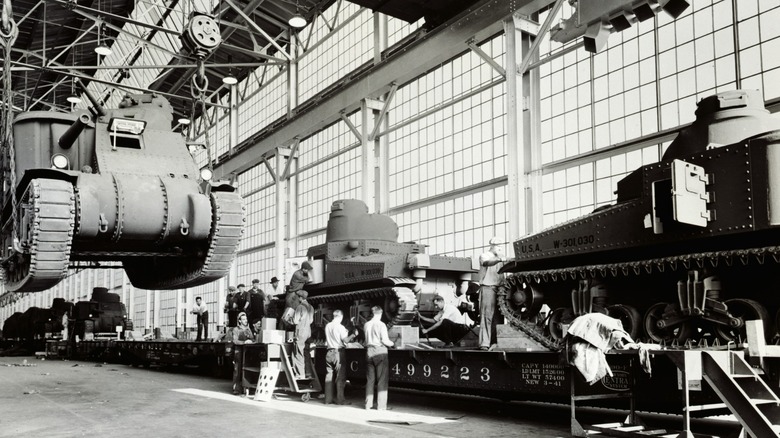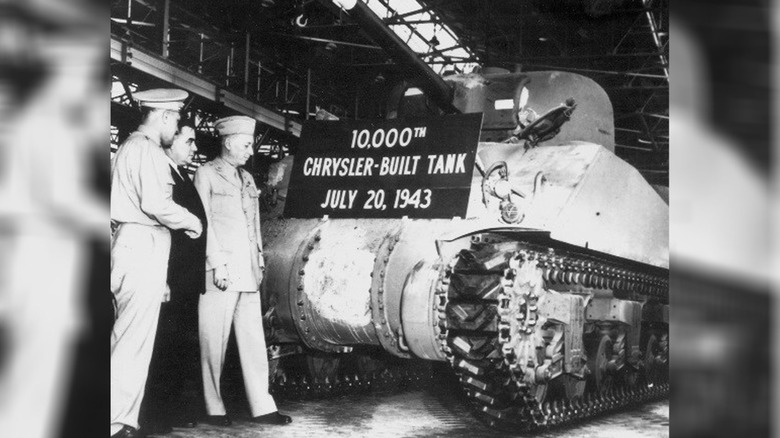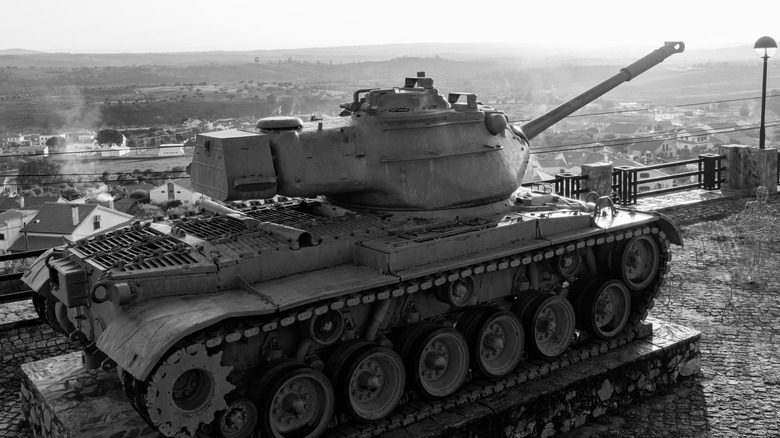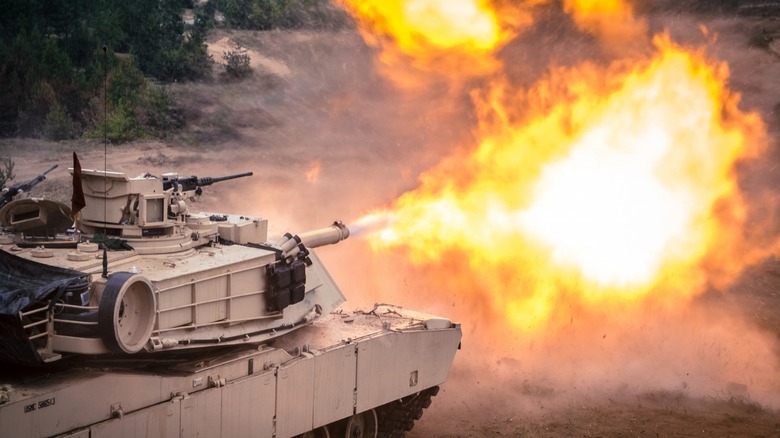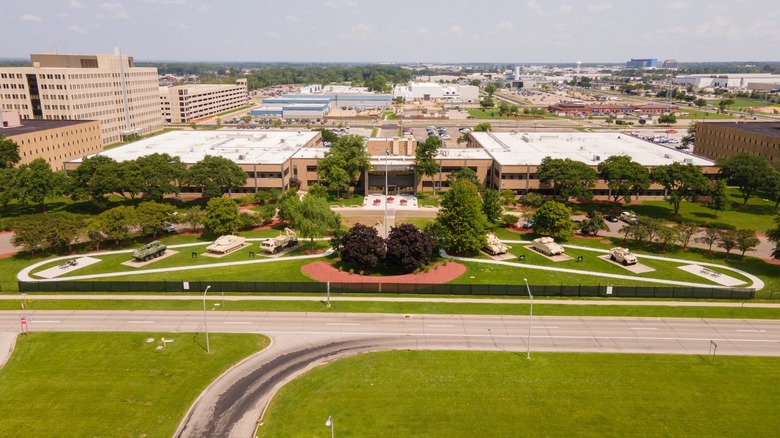War Machines Made In Motor City: The Detroit Arsenal Tank Plant Story
As tensions rose in Europe during the late 1930s and early 1940s, America realized it had a huge problem: it didn't possess reliable military manufacturing infrastructure. By the time World War II came around, Axis forces had developed and engineered some of the most feared tanks in the world. With a fleet of armored Panzer and later Tiger tank divisions overwhelming Allied forces in Europe, a solution was needed, and quickly.
Realizing that a specialized armored force rather than just infantry was required, the U.S. Department of Defense (DoD) set out to develop an American-made military tank. By the winter of 1940, construction for the Detroit Arsenal Tank Plant, located just north of downtown Detroit, Michigan, was already underway.
A massive, sprawling facility would go on to provide tanks for the U.S. Army's 1st Armored Division and would go on to manufacture cutting-edge tanks over the next 56 years until it would finally close in 1996.
The Detroit Arsenal Tank Plant produced America's first military tanks for WWII
Construction on the massive government-owned but Chrysler-run Detroit Arsenal Tank Plant began in the winter of 1940. Located in what is now the city of Warren, Michigan, 113 acres of land were set to accommodate the massive new factory. The plant was finished building in just a little over eight months.
Originally called the Detroit Ordnance Plant, it was officially renamed the Detroit Tank Arsenal on May 29, 1941, and it earned its first contract to manufacture a thousand M3 tanks in 1940. By April 24, 1941, the first M3 was delivered to the Defense Department to immense celebration. Later, the plant would manufacture one of the best Allied Tanks of the war, the M4 Sherman, which would go on to be produced en masse and prove to be one of the U.S. military's pioneering tank designs.
Detroit Tank Arsenal produced tanks for the Korean War
In 1950, tensions broke out in North and South Korea, reaching a tipping point in an all-out war. During this time, the Detroit Tank Arsenal continued to produce armored tanks for that conflict. However, technology had advanced, and new military hardware was at the forefront, requiring the facility to modify its manufacturing line and technology to accommodate the needs of its upcoming order, the M47 Patton tank.
The new M47 was the U.S. Army's main battle tank. Though the majority of the Chrysler-built M47s reached Korea too late — North Korea's armor was already largely destroyed by America's M26 Pershing and M4 Sherman tanks — 3,443 M47 Patton tanks were commissioned between 1952 and 1954.
The Korean Armistice that occurred on July 27, 1953, would draw an end to the war, though many of the M47s produced at the plant would still go on to see service.
The Detroit Arsenal Tank Plant was open into the mid-1990s
Though hardly used in the Korean War, the thousands of M47 Patton tanks that the Detroit Tank Arsenal produced didn't exactly go to waste. Eventually, the M47 was sent to Europe to defend against threats of invasion by the Soviet Union in nearly 20 countries as Cold War tensions grew among NATO allies. In the 1960s, the plant would again transition its operations to create M60 tanks.
However, in the late 1970s, the Detroit Tank Arsenal would once more shift. This time, the facility began manufacturing parts for the new and advanced M1 Abrams tanks, although these tracked vehicles were actually assembled elsewhere.
In 1982, Chrysler, after operating the facility for over four decades, would sell the plant to General Dynamics, which would go on to produce M60 and the Abrams until 1987. In 1996, the plant would officially close its doors.
The Detroit Arsenal Tank Plant continues in spirit today
Though the Detroit Tank Arsenal started as a reaction to a need for armored tanks during WWII, it is also part of the history of the Detroit Arsenal, which exists to this day. The original arsenal site was established along the banks of the Detroit River in 1817 as a maintenance and materiel depot for earlier American conflicts, but the modernized tank plant was established in Warren during World War II.
Today, the Detroit Arsenal stands as home to the U.S. Army's Tank-automotive and Armaments Command (TACOM) headquarters – an active-duty installation that employs thousands of civilians and military personnel. It is responsible for managing the Army's ground equipment, which includes weapon systems, equipment, and vehicles, and their maintenance too.
As such, the Detroit Arsenal Tank Plant is an important part of military history, and that significance is still felt today.
